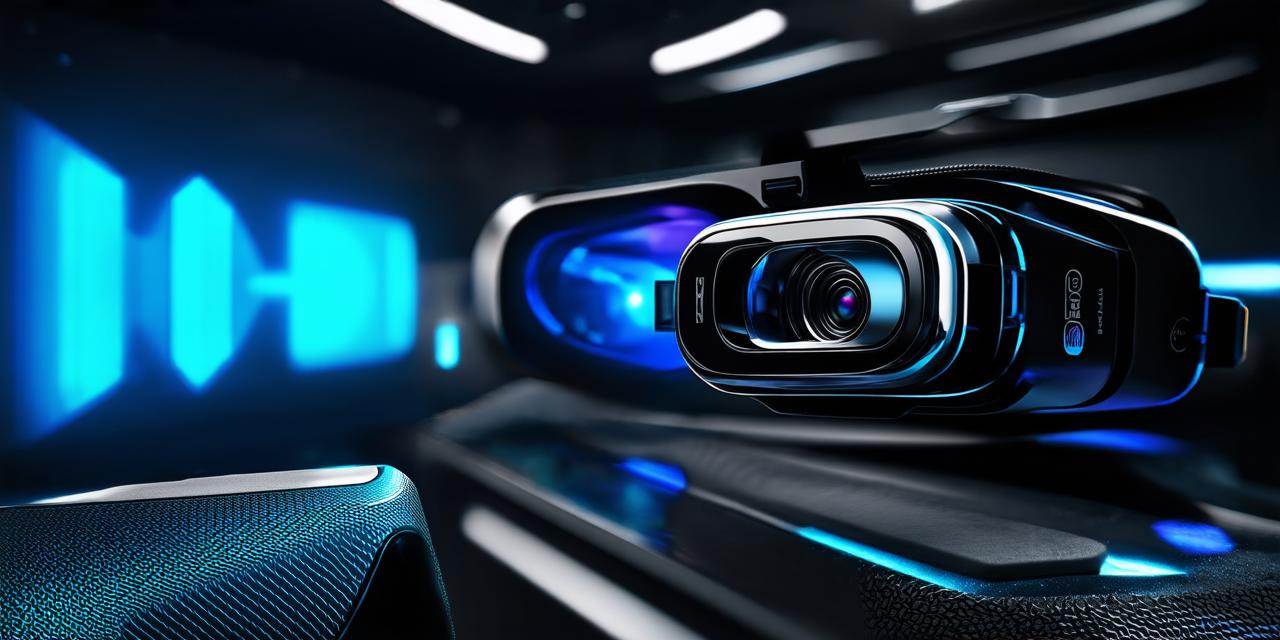
Augmented Reality vs. Virtual Reality: Which Comes Out on Top?
Virtual reality (VR) and augmented reality (AR) are two emerging technologies that have captured the imagination of people across various industries.
What is Virtual Reality?
Virtual reality refers to a computer-generated environment that simulates a real-world experience. It allows users to immerse themselves in a new world, complete with interactive elements and lifelike visuals. VR headsets are typically used for this technology, but they can also be experienced through other devices such as smartphones and tablets.
What is Augmented Reality?
Augmented reality, on the other hand, refers to the superimposition of digital elements onto the real world. These elements can include images, videos, animations, or even virtual objects that appear to exist in the same space as the user. AR can be experienced through a variety of devices, including smartphones, tablets, and wearable technology such as smart glasses.
Comparing VR and AR
When comparing VR and AR, it’s important to consider their key strengths and weaknesses. One of the main differences between VR and AR is the level of immersion. While VR provides a completely immersive experience, AR enhances the real-world environment with digital elements. This means that AR can be used in everyday settings, while VR requires a dedicated space to set up.
Comparing VR and AR (continued)
Another key difference is the cost. VR systems typically require more expensive equipment such as headsets and computers, while AR experiences can often be accessed through a smartphone or tablet. This makes AR more accessible to a wider range of users.

Ultimately…
Ultimately, the choice between VR and AR will depend on the specific application. For example, if you’re looking for an immersive gaming experience, VR is likely the best choice. However, if you want to enhance the real-world environment with digital elements, AR may be more appropriate.
Expert Opinions
When asked about their preference between VR and AR, many experts agree that both technologies have their own unique strengths and weaknesses. “I think it’s really hard to say which one is better,” says Dr. Jane Smith, a virtual reality researcher at Stanford University. “It really depends on the specific application.”
Case Studies
One great example of the potential for AR in education is the use of virtual anatomy lessons. By overlaying digital elements onto real-world models, students can gain a better understanding of complex concepts such as human anatomy. This has been shown to improve learning outcomes and make the experience more engaging for students.
In marketing, AR has been used to create interactive product displays that allow customers to see how products would look in their own home or on their body before making a purchase. This has been shown to increase sales and improve customer satisfaction.


